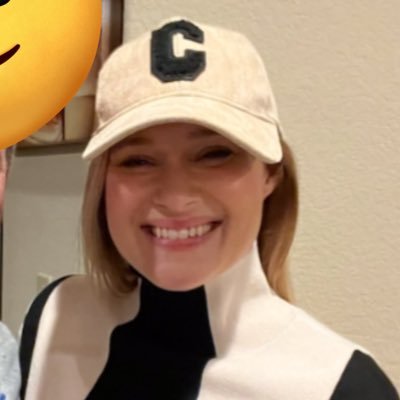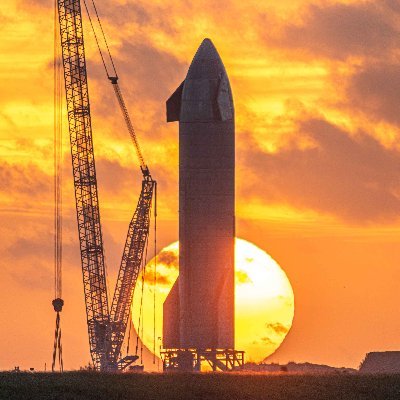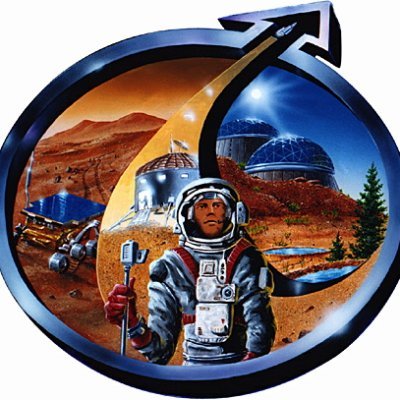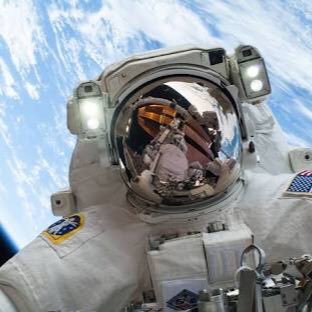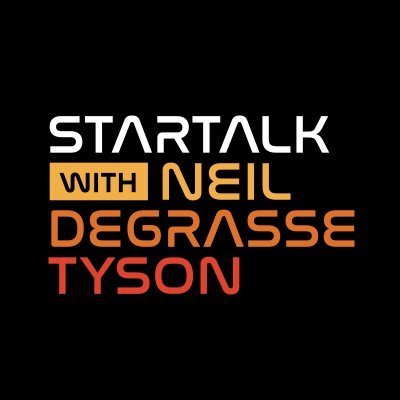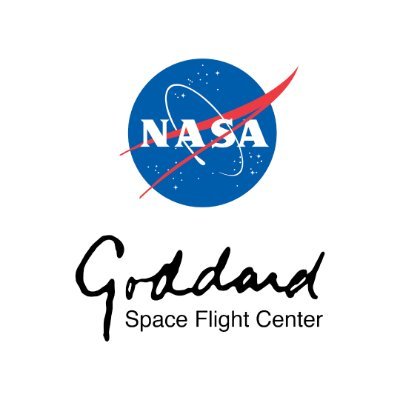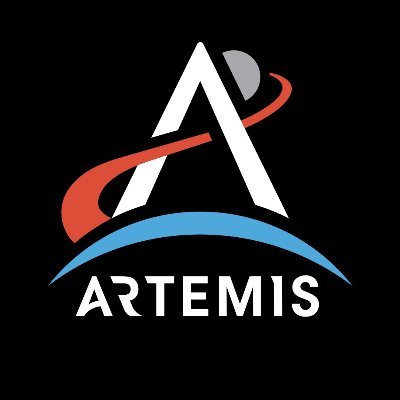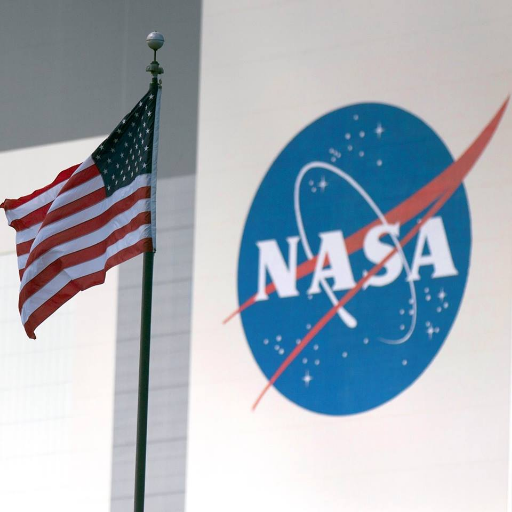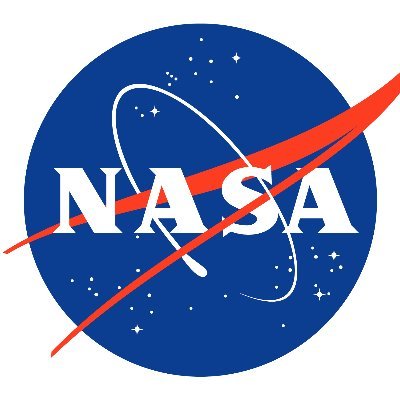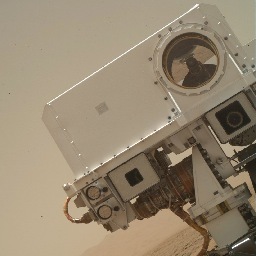
Universal-Sci
@universal_sciThe official Universal-Sci account - Providing you with a selection of the most interesting science-related news and background stories
Similar User

@SpaceX

@WorldAndScience

@wonderofscience

@latestinspace

@MAstronomers

@engineers_feed

@PhysInHistory

@NASAWebb

@NASAHubble

@Space_Station

@redditSpaceView

@Rainmaker1973

@NASAPersevere

@fermatslibrary

@AlbertEinstein
Remarkable glimpse into the impending supernova of Eta Carinae, one of the nearest stars to Earth poised to burst in a supernova event soon. (Credit: ESA/NASA)

Amazing: Two enormous galaxies colliding 50 million light-years from earth! Credit: NASA, ESA, and the Hubble Heritage Team (STScI/AURA)

This gorgeous Hubble image shows a special class of star-forming nursery known as Free-floating Evaporating Gaseous Globules. It contains dark compact globules of dust and gas, some of which are giving birth to low-mass stars (Credit: ESA/Hubble & NASA, R. Sahai)

The rocky planets of our solar system in perspective. (From left to right: Earth, Venus, Mars and Mercury) Did you expect Mars to be this small?

Hubble captures Saturn's spinning ring spokes, a phenomenon linked to its magnetic field's interaction with the solar wind. Credit: NASA, ESA, STScI, Amy Simon (NASA-GSFC)
Scientists developed a waterless, no-contact method to clean solar panels! universal-sci.com/article/waterl…
The Pelican Nebula! This image reveals many previously unseen shockwaves, evidence for powerful outflows from newly formed stars embedded within the molecular clouds that rim the nebula. (Credit: University of Colorado, University of Hawaii and NOIRLab/NSF/AURA)

Amazing: comparing the size of the Sun with other stars! (Credit: ESO/L. Calçada/M. Kornmesser)
Did you know that It takes light over 100,000 years to travel from one end of the Milky Way galaxy to the other... (Our galaxy is just one of the hundreds of billions of galaxies within the observable universe)

Arp 273: A rose made of galaxies.. (Credit: NASA, ESA and the Hubble Heritage Team, STSc/IAURA)

A cool animation of a star and planet moving through space as they orbit each other (Credit: Bill Saxton, NRAO/AUI/NSF)
Mapping Microplastics Approximately 8 million tons of plastic flow from rivers and beaches into the ocean every year. (Credit: NASA Earth Observatory)
Intruiging: The Porpoise Galaxy used to be a regular spiral galaxy, but it got too close to a massive elliptical galaxy a few hundred million years ago. Credit: NASA, ESA, and the Hubble Heritage Team (STScI/AURA)

This breathtaking view of cosmic "mountains" and "valleys" reveals the edge of NGC 3324, a young, nearby star-forming area within the Carina Nebula. Some peaks reach heights that would rival 5 billion stacked Earths. (Credit: NASA, ESA, CSA, and STScI)

'During the first years of their lives, we teach children to walk & talk. Thereafter, we tell them to shut up and sit down.' - Neil deGrasse Tyson
What the Earth and Moon look like from Saturn Earth is the blue dot of light on the left; the Moon is fainter, white and on the right. (Credit: NASA/JPL-Caltech/Space Science Institute

The dense heart of the Milky Way stretched out above one of the Auxiliary Telescopes of ESO's VLT (Credit: Y. Beletsky/ESO)

United States Trends
- 1. $MAYO 9.848 posts
- 2. $CUTO 7.462 posts
- 3. Tyson 379 B posts
- 4. Pence 43 B posts
- 5. Laken Riley 35,1 B posts
- 6. Ticketmaster 16 B posts
- 7. Dora 22 B posts
- 8. Mike Rogers 6.342 posts
- 9. Cenk 9.398 posts
- 10. Kash 67,6 B posts
- 11. Pirates 18 B posts
- 12. Mr. Mayonnaise 1.349 posts
- 13. #FursuitFriday 15,2 B posts
- 14. Iron Mike 15,6 B posts
- 15. The UK 433 B posts
- 16. #LetsBONK 4.066 posts
- 17. DeFi 106 B posts
- 18. Al Gore 3.125 posts
- 19. Scholars 10,8 B posts
- 20. Oscars 13,6 B posts
Who to follow
-
 SpaceX
SpaceX
@SpaceX -
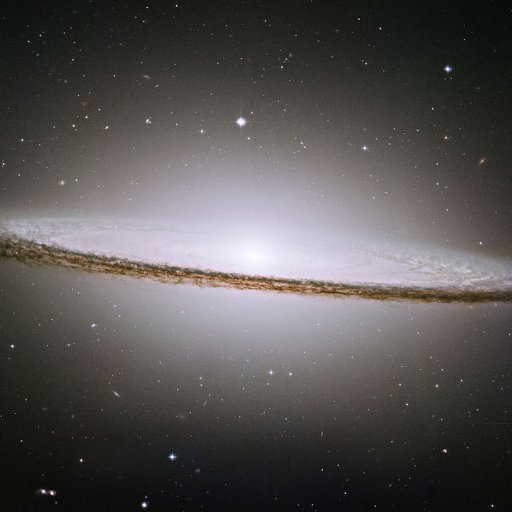 World and Science
World and Science
@WorldAndScience -
 Wonder of Science
Wonder of Science
@wonderofscience -
 Latest in space
Latest in space
@latestinspace -
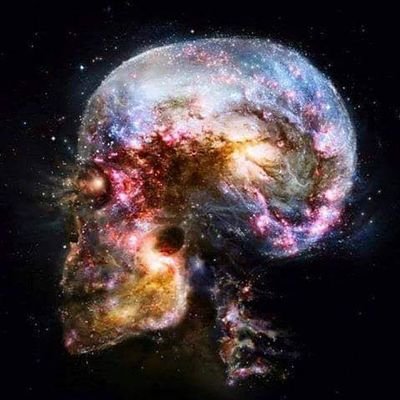 Curiosity
Curiosity
@MAstronomers -
 World of Engineering
World of Engineering
@engineers_feed -
 Physics In History
Physics In History
@PhysInHistory -
 NASA Webb Telescope
NASA Webb Telescope
@NASAWebb -
 Hubble
Hubble
@NASAHubble -
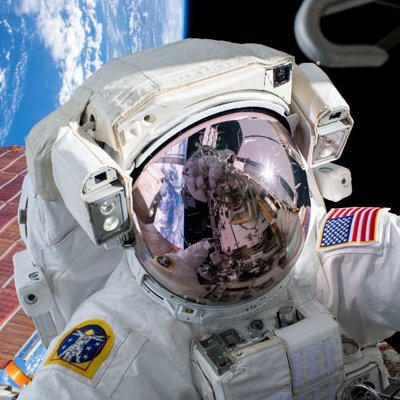 International Space Station
International Space Station
@Space_Station -
 Space
Space
@redditSpaceView -
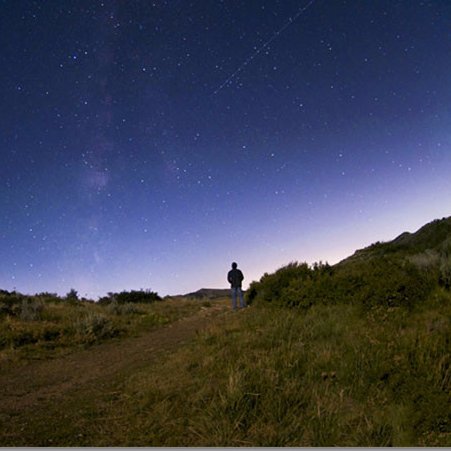 Massimo
Massimo
@Rainmaker1973 -
 NASA's Perseverance Mars Rover
NASA's Perseverance Mars Rover
@NASAPersevere -
 Fermat's Library
Fermat's Library
@fermatslibrary -
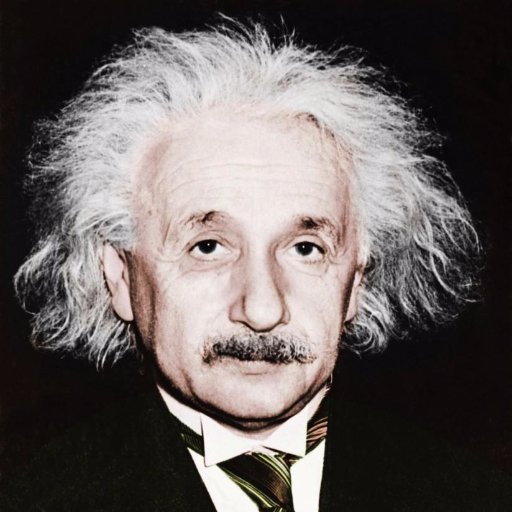 Albert Einstein
Albert Einstein
@AlbertEinstein
Something went wrong.
Something went wrong.




